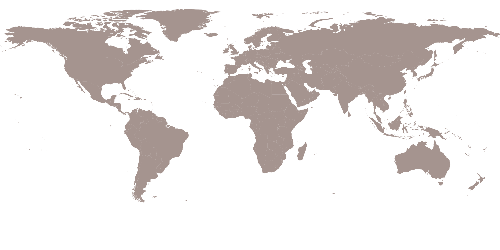Sustainable building design through passive measures
Good educational institutions are essential for human capital development in Nigeria. This project aims to establish a premier secondary school in Delta State, designed to attract students from West Africa. The design emphasises sustainability, durability, and adaptability for long-term success. The project utilises passive design techniques to improve energy efficiency and occupant comfort. Locally produced load-bearing bricks provide thermal mass for temperature regulation, while natural ventilation through passive stack systems reduces mechanical cooling needs. Thoughtful solar orientation includes deep terraces that optimise natural light and minimise heat gain, creating a comfortable indoor environment and lowering energy consumption.
Efficient construction and operations
The project will primarily use load-bearing bricks made from local clay near the site. The design showcases the versatility of bricks through arches, vaulting, and hit-and-miss brickwork, providing a cohesive visual identity for the campus. This approach helps manage costs, reduces both embodied and operational carbon, and minimises long-term maintenance. By sourcing clay locally for the bricks, we lower the project’s carbon footprint and support the local economy, while also reducing maintenance expenses. Additionally, the design fosters a sense of belonging and unity among students and staff, creating vibrant communities on campus.
Landscape & Biodiversity Integration
The site was strategically chosen to leverage the nearby brook for both aesthetics and security. The building is positioned 20 meters from the brook to minimise flood risk, with a rainwater collection system planned to capture and reuse water. Excess runoff will be safely directed to the brook. The design prioritises landscaping throughout the campus to promote a connection with nature and environmental sustainability. Bioswales and waterways will be integral to the stormwater management system to reduce concrete usage. An eco-friendly garden will be created, featuring seasonal blooms for year-round appeal, resilient plant varieties adaptable to weather conditions, and native plants that support local insects and wildlife.
Land use & Transformation
The site, accessible solely from the north, is bordered by a brook on the east, south, and west. Its terrain slopes downward 22 meters from the entrance and features a flat area midway. A mix of rural and agricultural land, the site presents key issues such as over-farming, deforestation, and soil erosion. Proposed interventions will target site restoration, water management, biodiversity enhancement, and sustainable building practices while engaging the community and establishing a framework for future development.










